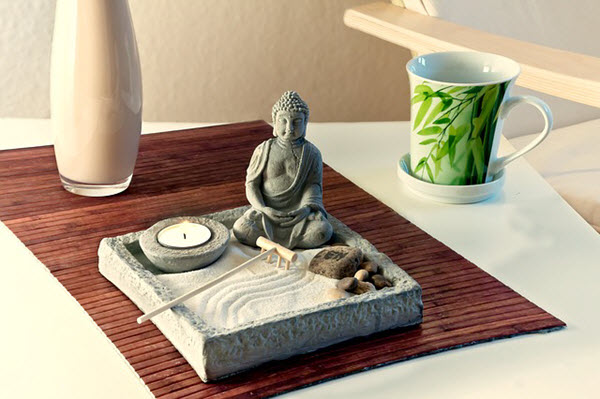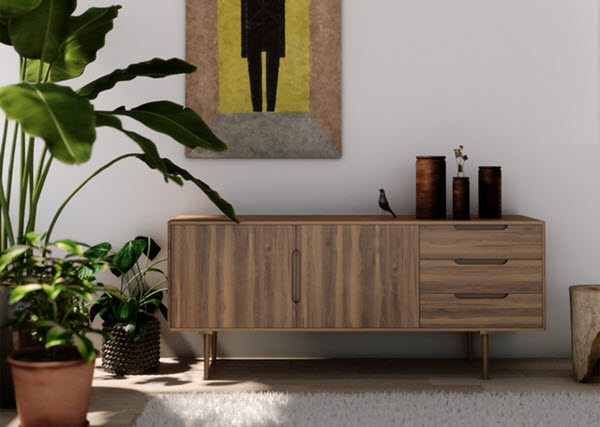The ancient Chinese thought a lot about the relationship between the body and the environment. This helped them create a holistic system that nurtured wellness. They called it feng shui.
Early feng shui practitioners studied medicine, astrology, meteorology, and aesthetics. They supplemented it with lots of practical observations of the world around them to come up with their guiding principles, many of which hold up remarkably well in contemporary times.

So, what are those principles? How do they affect the use of feng shui for harmony in the home?
One of the main ones is about flow or what the Chinese call chi (also spelled qi). Chi is all about movement, breath, and energy force. It is integral to the study of Chinese medicine and martial arts.
The role of chi in spatial design
For one, there should be just enough space for the energy force to flow easily and freely. A good floor plan ensures a circuitous and even flow between and within rooms. Stagnant energy (i.e., in a basement apartment or a room teeming with clutter) or overpowering direct energy (i.e., at the head of a T-junction) can have detrimental effects on your health, relationships, and/or finances.
On the other hand, imagine the feeling you get when you enter a well-designed spa. With every object chosen and placed intentionally, it captures the flow of gentle chi and immediately invites guests into a state of serenity.
About Yin and Yang
Another guiding principle is the harmony between yang (active) and yin (passive) elements.
Certain rooms should emphasize the yang (office, living room) whereas others should foreground the yin (bedroom). All rooms, however, should incorporate both the yang and yin in harmony. This could be reflected in the color scheme, proportion of different objects, and in the lighting of the room.
An example of this is a bedroom that features restful colors, such as greens and blues for the walls but incorporates enough warm colors. You can use a pop of orange or bronze in the accessories to offset too much coolness in the overall design. Most good designers can naturally harmonize the different elements to create a general sense of balance and elegance.
Finally, good feng shui practitioners showcase elements of nature throughout their designs. Feng shui recognizes and harnesses the power inherent in natural objects: the living dynamism of plants, the solidity of rocks, the brilliance of metal, the mobility of water, and the warmth of fire.
Even indoors, these elements can emit their special properties and influence the energy of a space. For example, plants and fish tanks could energize your living room and enrich your social life but might not bring about the most restful sleep in your bedroom. Metal elements, symbolizing wealth, should be sprinkled liberally near the entryway or in an office to usher in prosperity.

Conclusion
So, when you’re considering lifestyle changes to promote improved well-being for you and your family, consider the interior design and feng shui as much as you think about your diet and exercise. Seek inspiration in the photos of the beautiful spaces that populate Instagram or in your favorite e-magazine.
Ask yourself what feelings these photos invoke and try to emulate the designs in those projects. Think about how well your space flows, how well the various design elements work together, and how the space functions and feels.
Place natural elements throughout your house, tapping into their energy. Just like our body, our homes need consistent loving attention in order to be the soft landing place that nurtures us for our life journey. That’s the basic idea in using feng shui for harmony in the home.
The post Feng Shui and Wellness: What You Need to Know appeared first on Dumb Little Man.
from
https://www.dumblittleman.com/feng-shui-for-harmony-in-the-home/

No comments:
Post a Comment